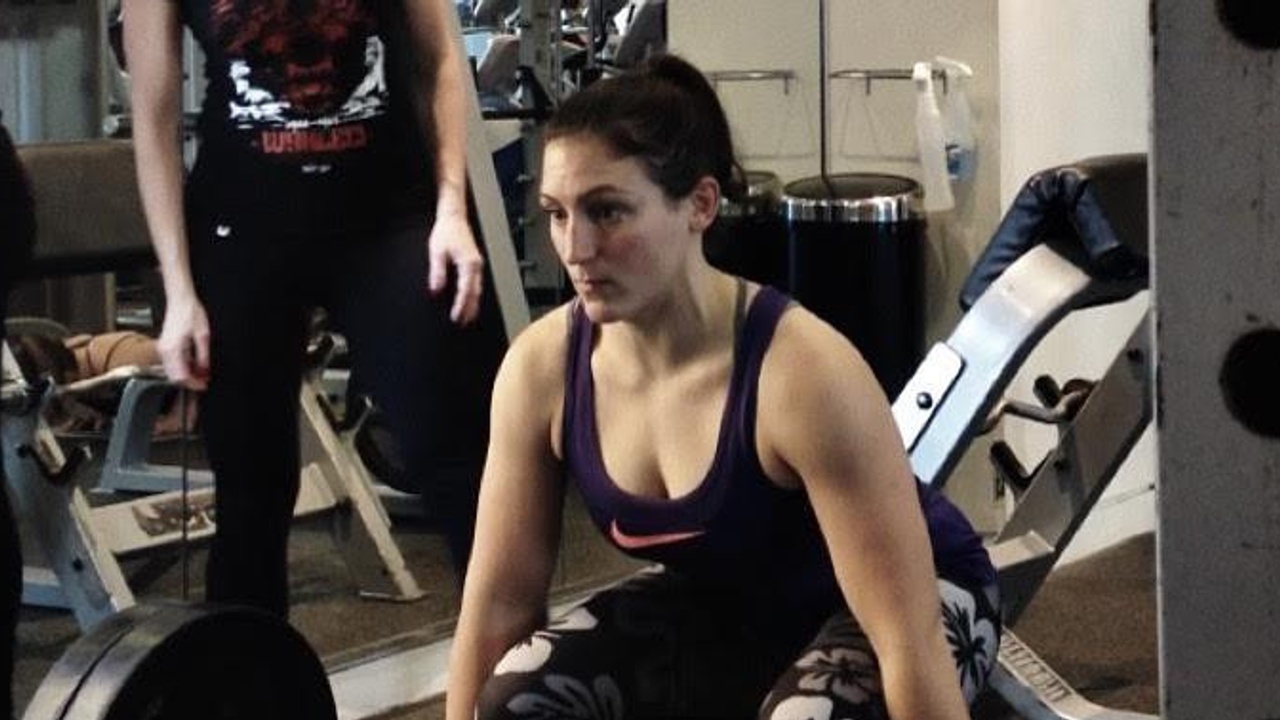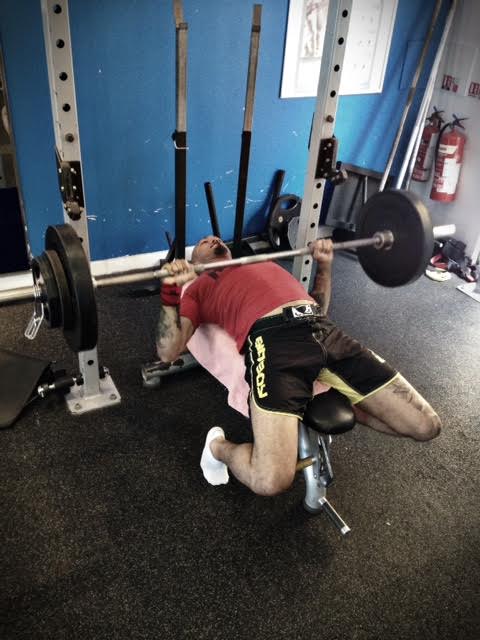
Part 3: Benefits and Adaptations of Powerlifting for Combat Athletes
By Sabina Skala
The "Skala Saga" on powerlifting continues, but just in case you missed the previous posts, here they are: Part 1 and Part 2.
Skeletal and Connective Tissue Adaptations to strength training
Deadlift, squat, bench are whole body compound exercises working through multiple joints through
the movement, your body will adapt to the way you stimulate it. Use big lifts for the best effect.
Bone adaptations to strength training.
 Bones are living and dynamic organs. Their main function is to provide the mechanical integrity for locomotion and protection; accordingly, bone mass and architecture are adjusted to control the strains produced by mechanical load and muscular activity.
Bones are living and dynamic organs. Their main function is to provide the mechanical integrity for locomotion and protection; accordingly, bone mass and architecture are adjusted to control the strains produced by mechanical load and muscular activity.
Bones not only support your body, they give it a structure and act as a protection for internal organs.
Bones also store necessary minerals and manufacture red blood cells.
The bones grow stronger until they reach the peak bone mineral density (sometime between the age of 20 – 30). Once this peak is reached the body stops adding bone and instead replaces old, weak bone with the new one. This process is called remodeling and can be stimulated by weight bearing exercise.
Research shows that athletes competing in strength and power events, such as weight-lifting and jumping, have superior bone mass and structure compared with their untrained counterparts in all age groups. The importance of bone health and strength is very important for combat athletes. The stronger the bones, the better the structure, and the more impact it can take.
As mentioned before Combat pro’s spend a lot of time in the aerobic zone of training (sparring sessions, technical work etc). Strength training can be a great opportunity as it can have more application to the basic rules of bone adaptation and side – specific effects of exercise and improving bone mass and architecture.
Bone strengthening is site specific, which means that only bones that are attached to working muscles get stronger. Therefore multi-joint exercises like squats, deadlifts, bench press (powerlifting style), lunges, etc are most effective for building stronger, denser bones because of the weight bearing exercises that pull on many bones at the same time.
One may say that Impact also stimulated bone remodeling (and we cannot argue that there is plenty of impact based activities in combat). Impact is great for bone remodeling, however, there are 2 types of impact.
One that involves repetitive low impact like jumping rope, jogging etc (same load and speed for extended period of time) – this type of impact if overdone and applied incorrectly can actually cause bone to break down over time and/or cause fractures in peritoneum. However an impact that is followed by a definite pause – surprises the skeletal system, which then responds by strengthening the bones, so they can resist this type of stress in the future. There is a reason that Muay Thai athletes have incredibly strong and razor blade like shins. In s&c sessions exercises like jumps , drop push ups (from standing) strengthen the bones in the hips and lower spine (the first one), and bones in the shoulders, arms, wrists (latter one).
Connective Tissue adaptations to strength training.
 Having strong tendons and ligaments is crucial in injury prevention. Tendon tissue acts as a force transmitter between the muscles and bones during muscle contraction and is essential for the generation of movement. Muscle tissue develops faster due to its vascularization, tendons and ligaments are not vascular, hence it takes longer for them to develop and also longer to heal should the injury happen. Tendon tissue connects to a muscle through the myotendinous junction and this junction or the tendon tissue itself is where a lot of sports related injuries happen.
Having strong tendons and ligaments is crucial in injury prevention. Tendon tissue acts as a force transmitter between the muscles and bones during muscle contraction and is essential for the generation of movement. Muscle tissue develops faster due to its vascularization, tendons and ligaments are not vascular, hence it takes longer for them to develop and also longer to heal should the injury happen. Tendon tissue connects to a muscle through the myotendinous junction and this junction or the tendon tissue itself is where a lot of sports related injuries happen.
There is no doubt that physical activity can increase connective tissue strength and mass. The tendon is reach in collagen, strength training leads to increased collagen synthesis in both the tendon and the muscle. This is an important factor in strengthening the muscle-tendon unit.
Although the mechanisms that link mechanical loading during training to increased expression of collagen in the muscle – tendon unit are still unclear, we cannot argue that it is a quality that will benefit any combat athlete and will add another strong layer to that internal injury prevention shield.
Sabina’s stable of clients includes pro MMA as well as top BJJ athletes, triathletes, polo players, climbers, dancers and military personnel. She has also successfully trained top male models. She works closely as a Strength and Conditioning Coach with Balance – Sports Injury Physiotherapy clinic in London.
As a former competitive athlete Sabina believes that each is truly responsible for the performance potential and that we all are capable of limitless possibilities when we put our mind and hard work to it. Contact info: [email protected] or via contact form at www.sabinaskala.com




